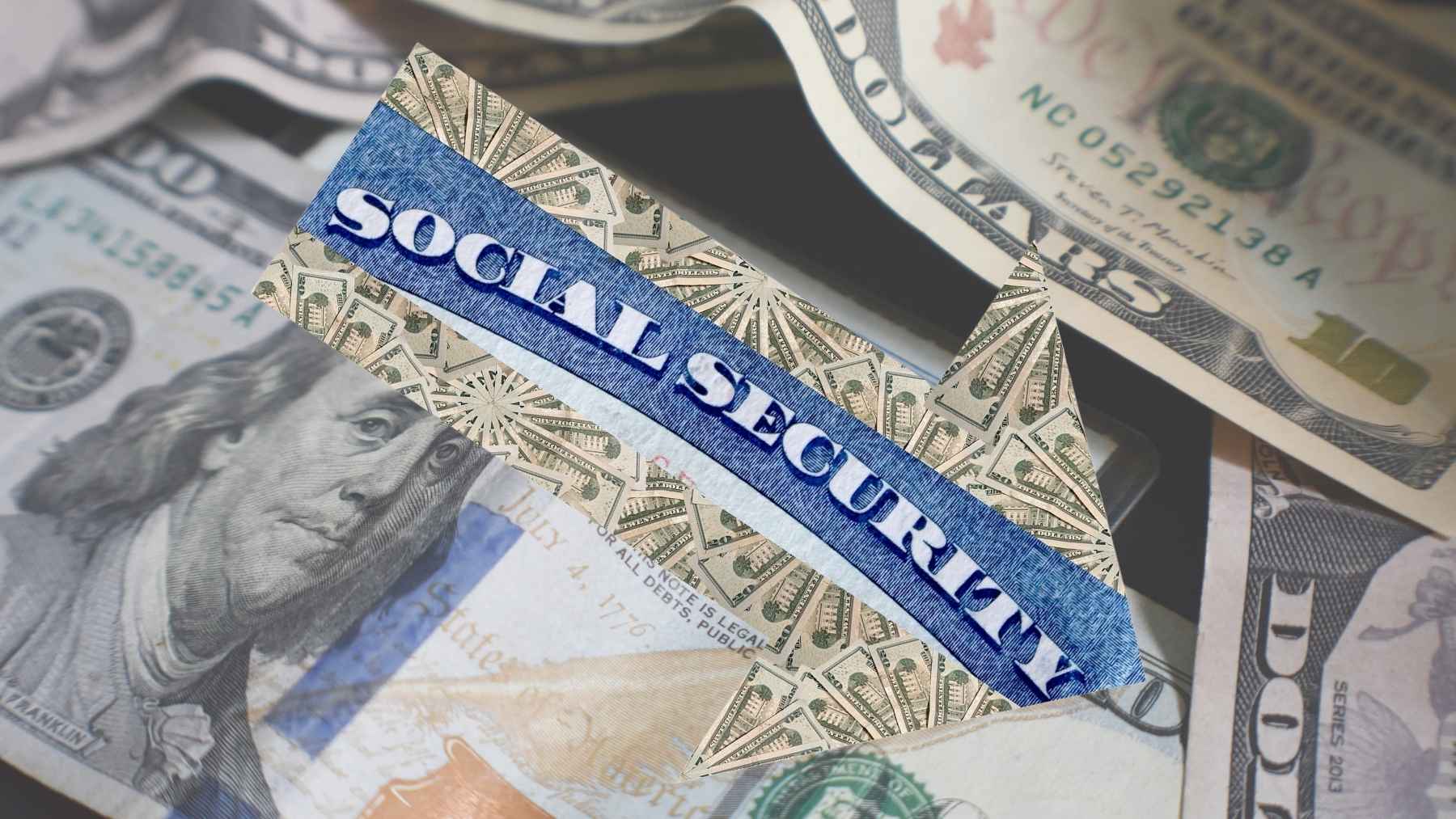The Social Security Administration (SSA) sends out benefit checks to some seventy million Americans each month. The amount that each beneficiary qualifies to receive differs from person to person since its is calculated using factors such as income earned during your working years and the age at which you begin claiming.
For July, however, some Social Security beneficiaries might possibly receive a benefit check with an amount that is lower than what they were expecting — and the reasoning behind this can be found with a recently updated policy from the Internal Revenue Service, or IRS.
Here is what you need to know about this potential decrease in your Social Security benefit for July and what you can do in the event of a lowered benefit.
Smaller Social Security checks for July – what is the cause?
According to surveys conducted by Gallup for the last 23 years, around 80% to 90% of retirees are dependent — at least in part — on their monthly Social Security benefit to cover their essential expenses in order to make ends meet. As such, the importance of knowing exactly how much the monthly benefit is going to amount to cannot be understated, which in turn, means that a sudden decrease to the monthly benefit could ultimately result in financial trouble for the beneficiary.
So why is there a possibility of receiving a benefit check with an amount lower than expected for July? The answer is a related to the new IRS alignment rules. These new alignment rules had already been implemented earlier this year, however, it appears that its effects have finally reached selected retirees — hence the possibility of a lowered benefit amount.
These recently updated tax withholding policies will not impact all Social Security beneficiaries for July, however. The updated IRS alignment rules will only impact the following types of Social Security beneficiaries:
- Retirees with federal tax withholding from their Social Security benefits (federal income tax can be voluntarily withheld from the monthly benefit at the rates of 7%, 10%, 12%, or 22%, as allowed by the Social Security Administration)
- Recipients with other taxable income sources (this includes pensions or IRA withdrawals)
- Those in higher tax brackets as a result of adjusted gross income (AGI) thresholds
It should also be noted that recipients of the Supplemental Security Income will not be affected by the tax withholding as the Supplemental Security Income is non-taxable.
Due to these updated IRS policies and regardless of whether or not the beneficiary requested it, the number of people who could be subjected to automatic withholding has increased. However, this will only apply to those who cross the taxable income threshold. The actual amount that can be withheld from your check varies in relation to income and tax bracket. As such, anything from $50 to $200 could be withheld, whilst high earners might have up to 22% of their benefit withheld.
What to do if your benefit is lower?
With the aim of increasing accurate annual tax liability reporting for those earning from more than one stream of income, the IRS provided guidance early on in 2025. Subsequently, some Social Security beneficiaries were “reclassified into higher taxable income categories.” The SSA also followed up with adjusting withholding correspondingly.
If you are a beneficiary who has noticed a lower amount for your July benefit, you should log in to your SSA account and review your IRS Form W-4V. You may either submit a new form or opt out of federal tax withholding. You should also consider consulting a tax advisor.
A fraction of your benefit could be withheld again in August and the months following after depending on federal and state tax policies. So whilst the SSA makes its benefit payments on a set date each month, the actual amount you receive could fluctuate somewhat.

